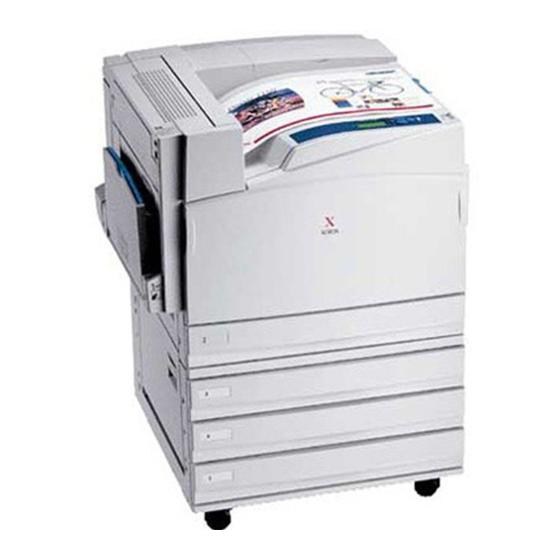Introduction to Color
Management
Color management is based on color spaces. The range of colors, or gamut, perceived by the
human eye, captured on film, displayed on a computer monitor, and rendered by a printer vary
significantly. Each has its own color space, a mathematical means of describing its colors.
RGB is an additive color space that combines red, green, and blue light to create all other
colors. Monitors, digital cameras, and scanners typically use RGB colors. CMYK color, on the
other hand, is a subtractive color space using cyan, magenta, yellow, and black inks on paper to
absorb red, green, and blue light. The remaining reflected light is the color perceived by the
viewer.
Both RGB and CMYK color are device dependent color spaces; the colors they render depend
on the device that produces the colors. Additionally, converting an image from RGB to CMYK
compresses the colors into a smaller gamut. To complicate matters more, the CMYK color
space of one printer can vary significantly from the CMYK color space of another printer. As
the graphic below shows, the colors reproducible by different mediums can vary significantly.
The publishing industry has settled on a system of color management developed by the
International Color Consortium (ICC). ICC-based color management relies on two things:
device profiles called ICC profiles, which characterize how individual devices produce color,
and a color engine (also called a color matching module or CMM), which reads those profiles
and translates and corrects colors between devices.
ICC-based color management relies on a device independent color space. One of the common
color spaces specified for use is CIE L*a*b* (CIE Lab, LAB). This color space provides a link
between device dependent color spaces specific to various devices. LAB color space is based
on the way the human eye perceives color and is device-independent. A LAB color engine can
translate RGB, and CMYK values to and from LAB values. This translation acts as an
interpreter between the color spaces. ColorSync, a color-management software for the
Macintosh operating system, currently supports CMM color engines from vendors, such as
1.
Color visible to the human eye
2.
Color film
3.
Color monitor
4.
Printer offset press on coated paper
5.
Offset press on newsprint
PhaserMatch and PhaserCal 4.0 User Guide
B-1

